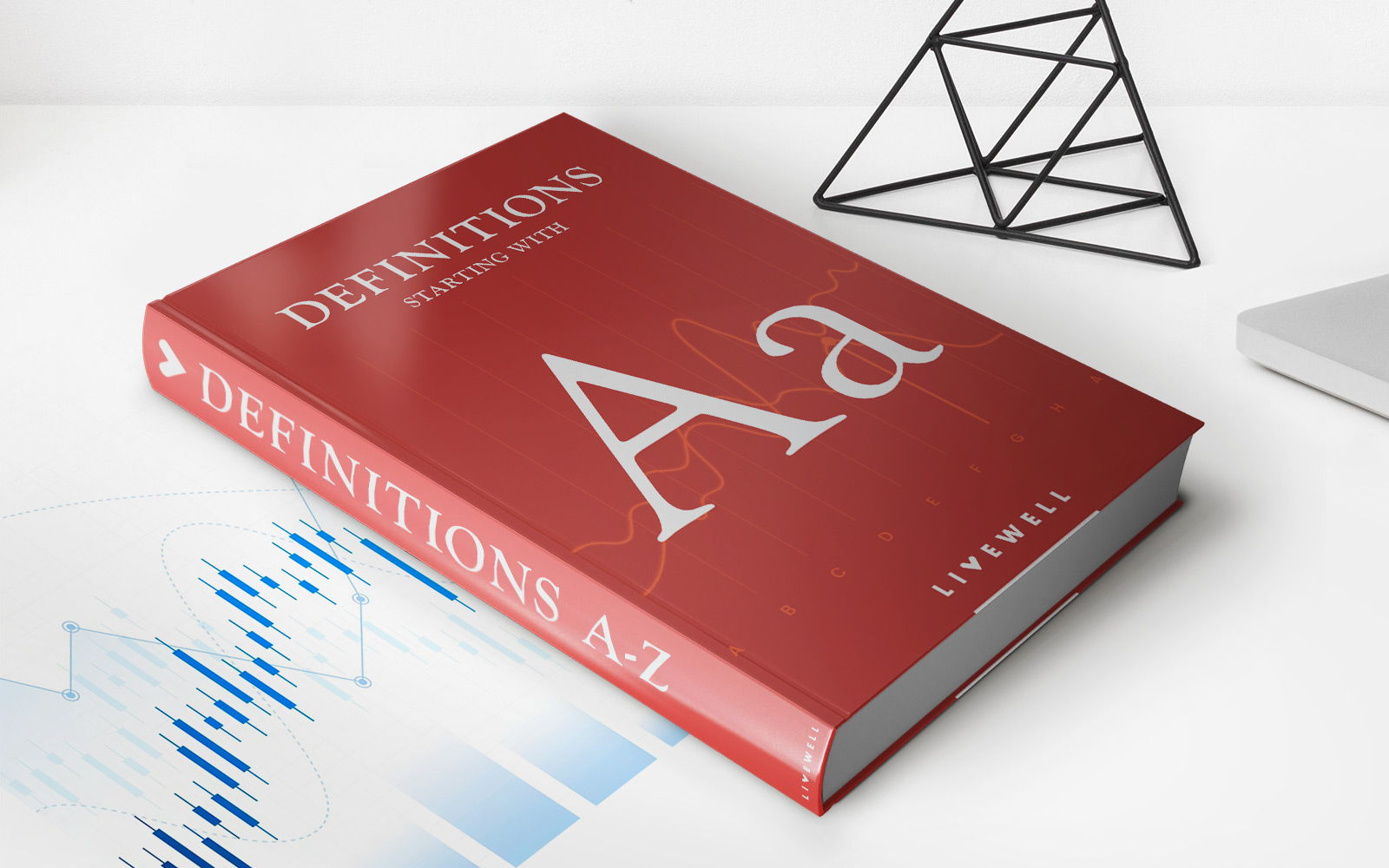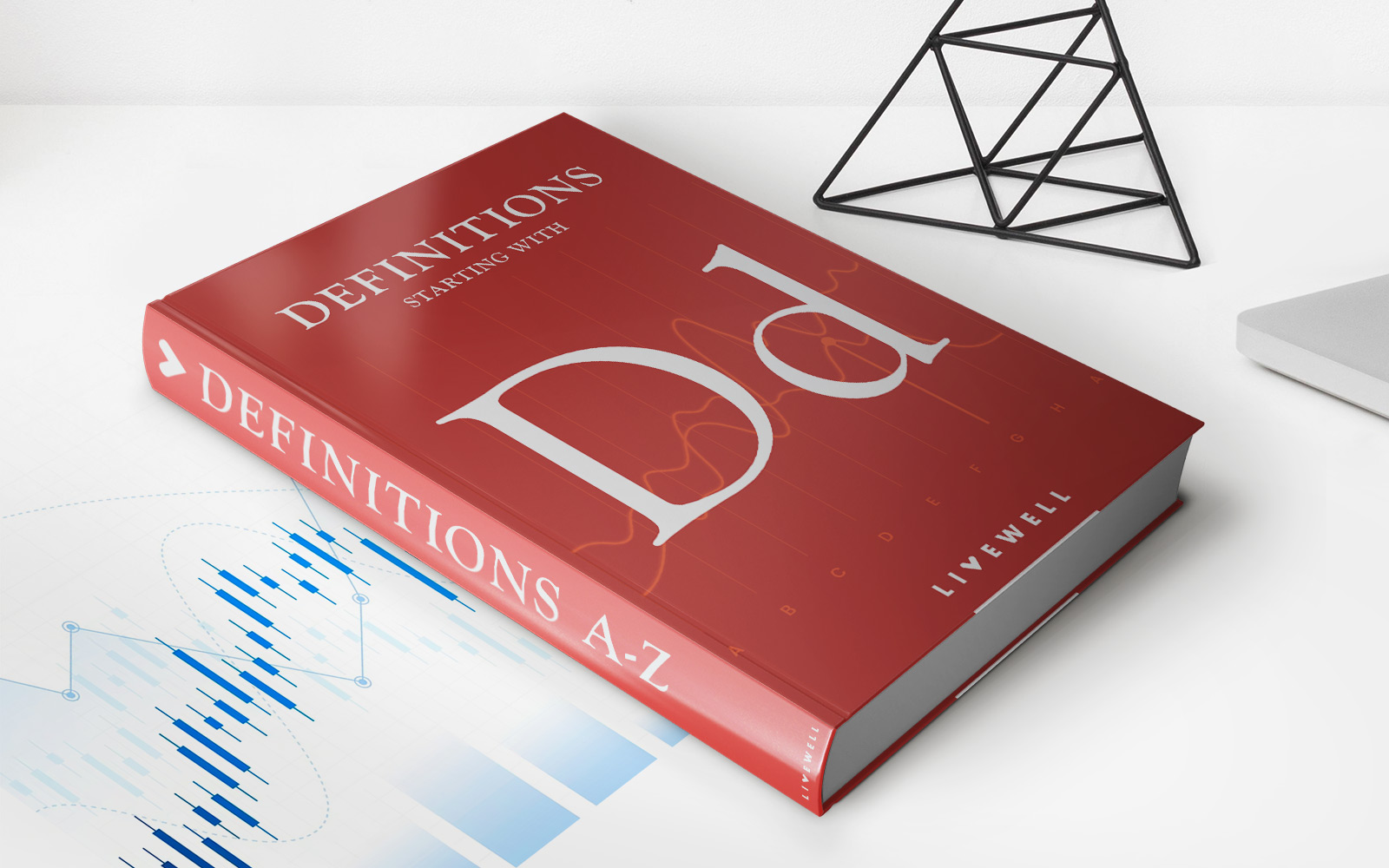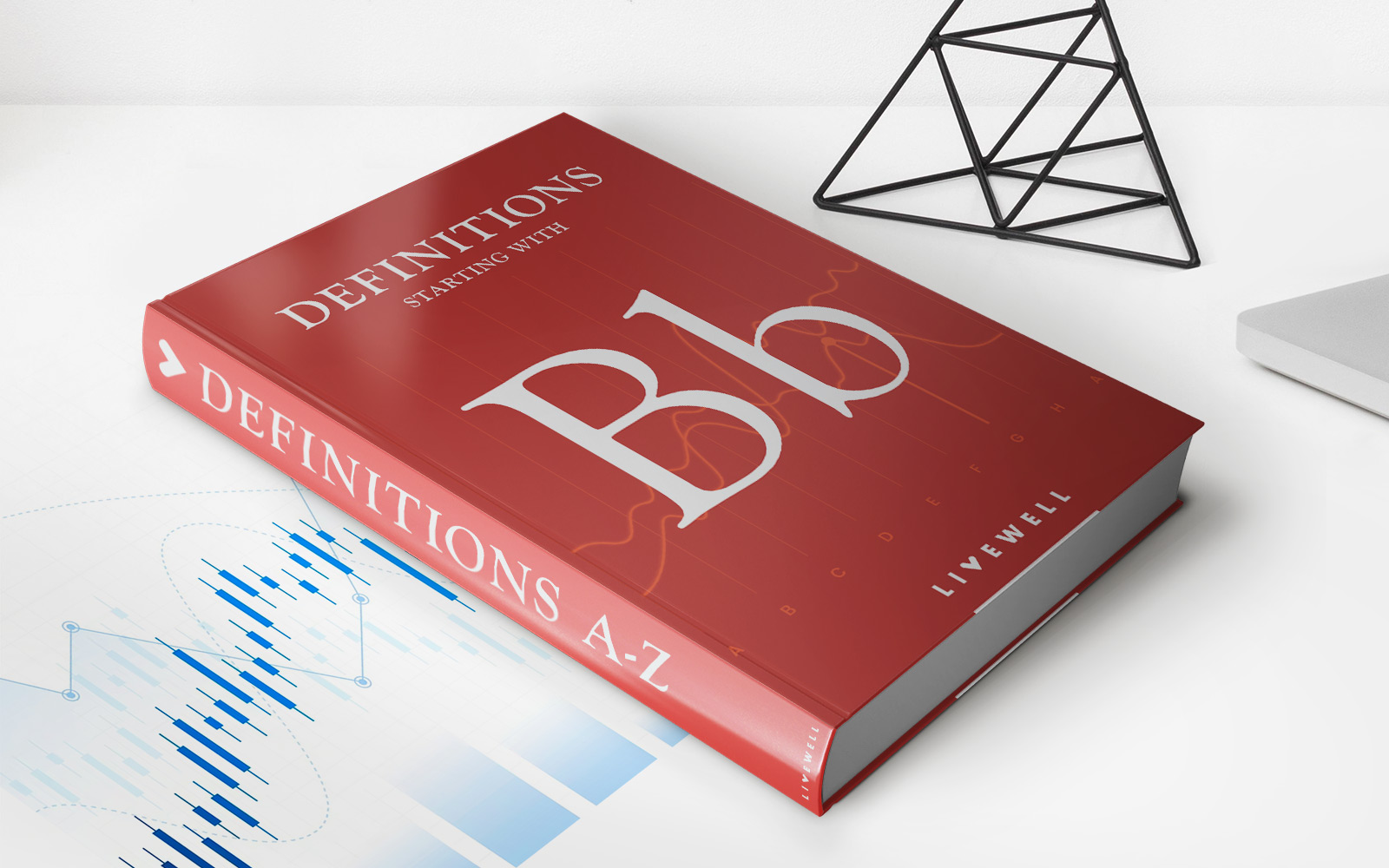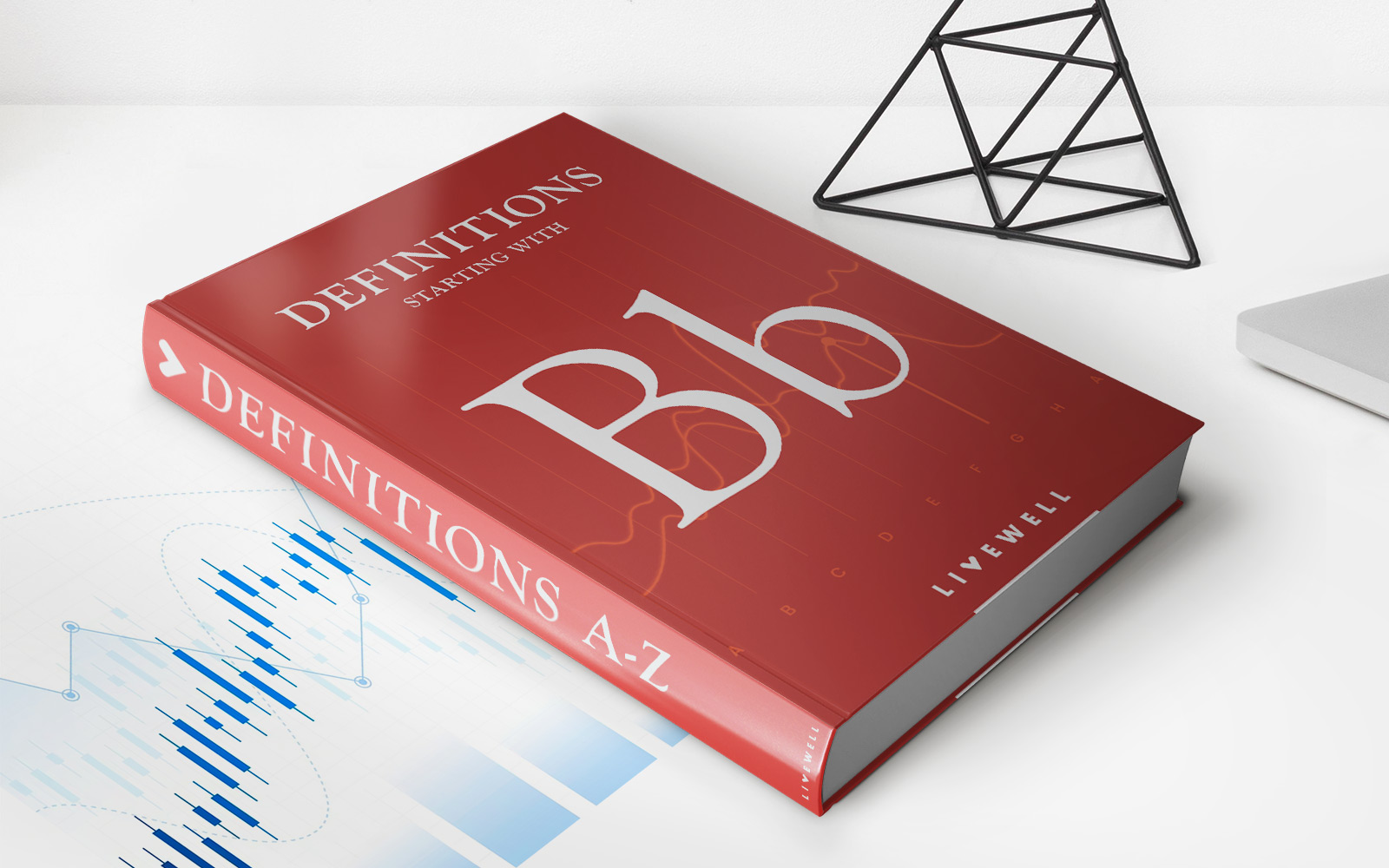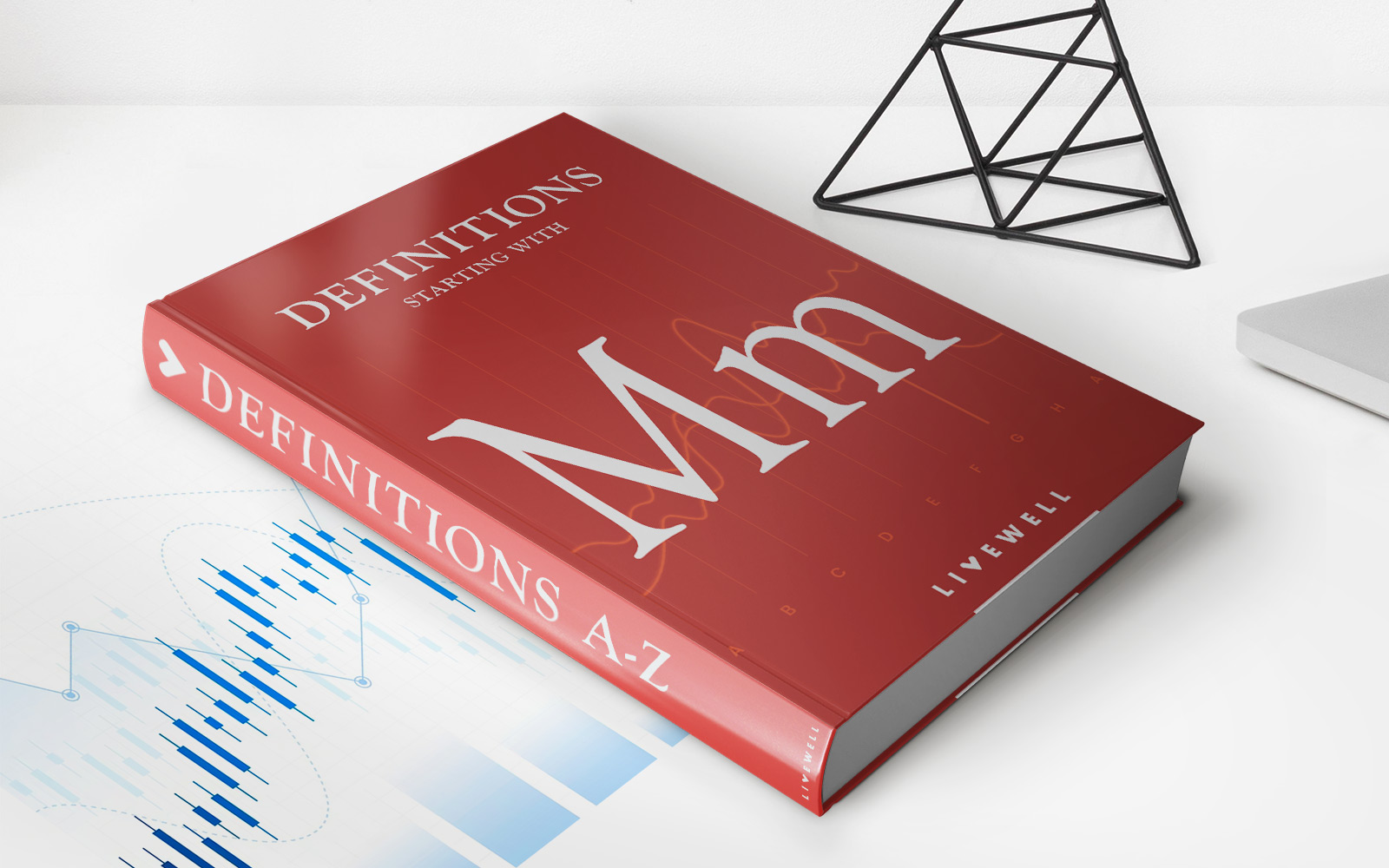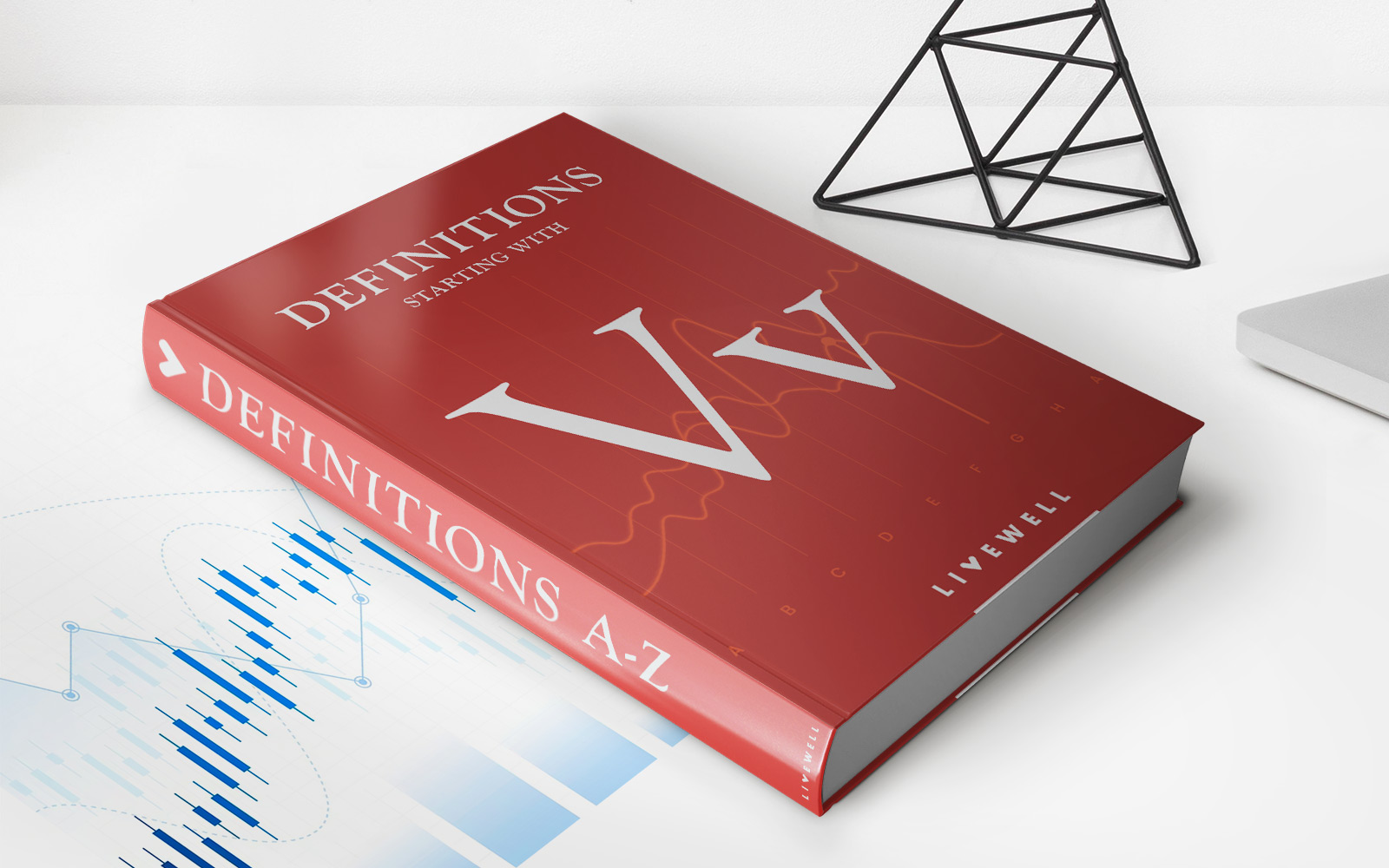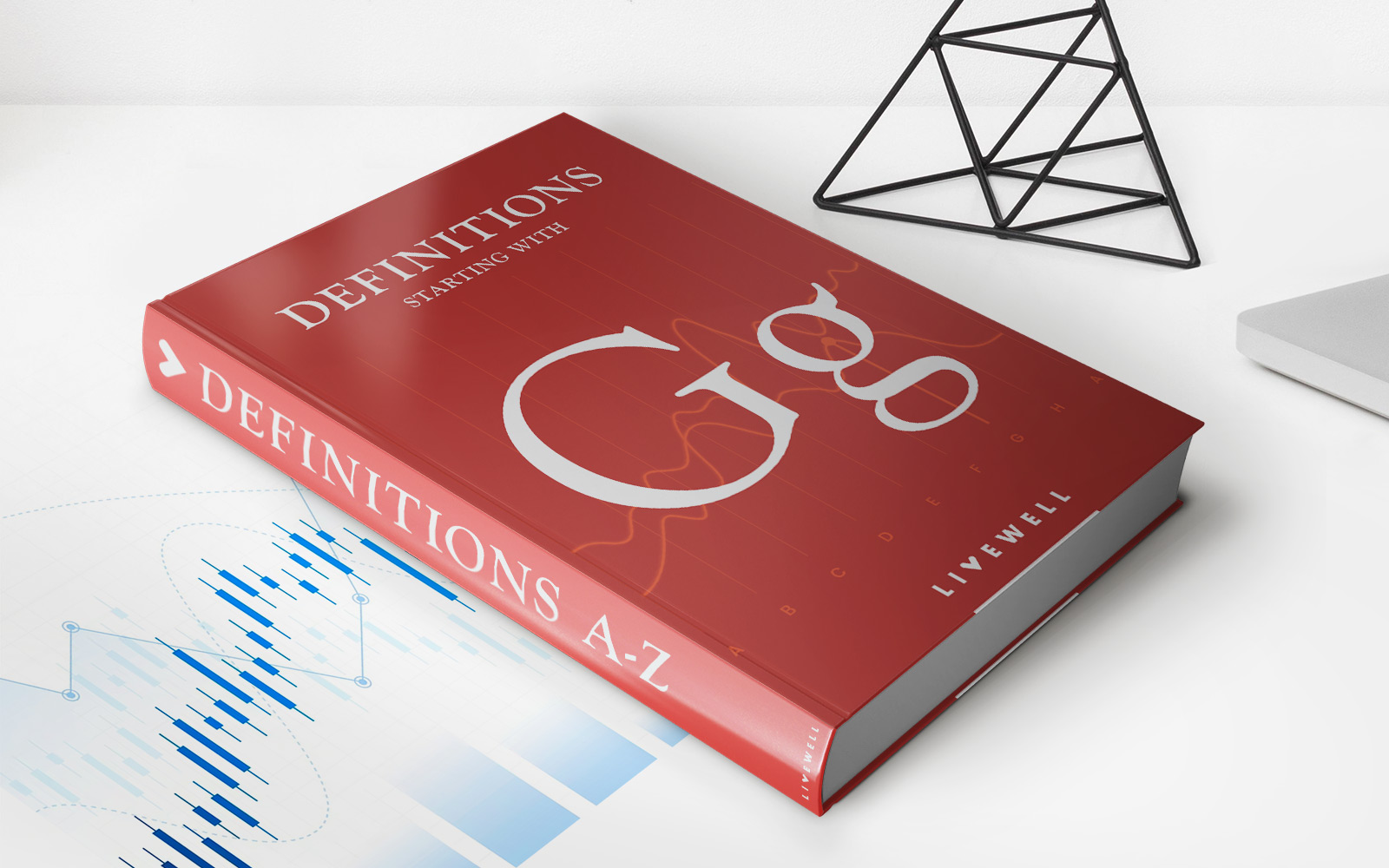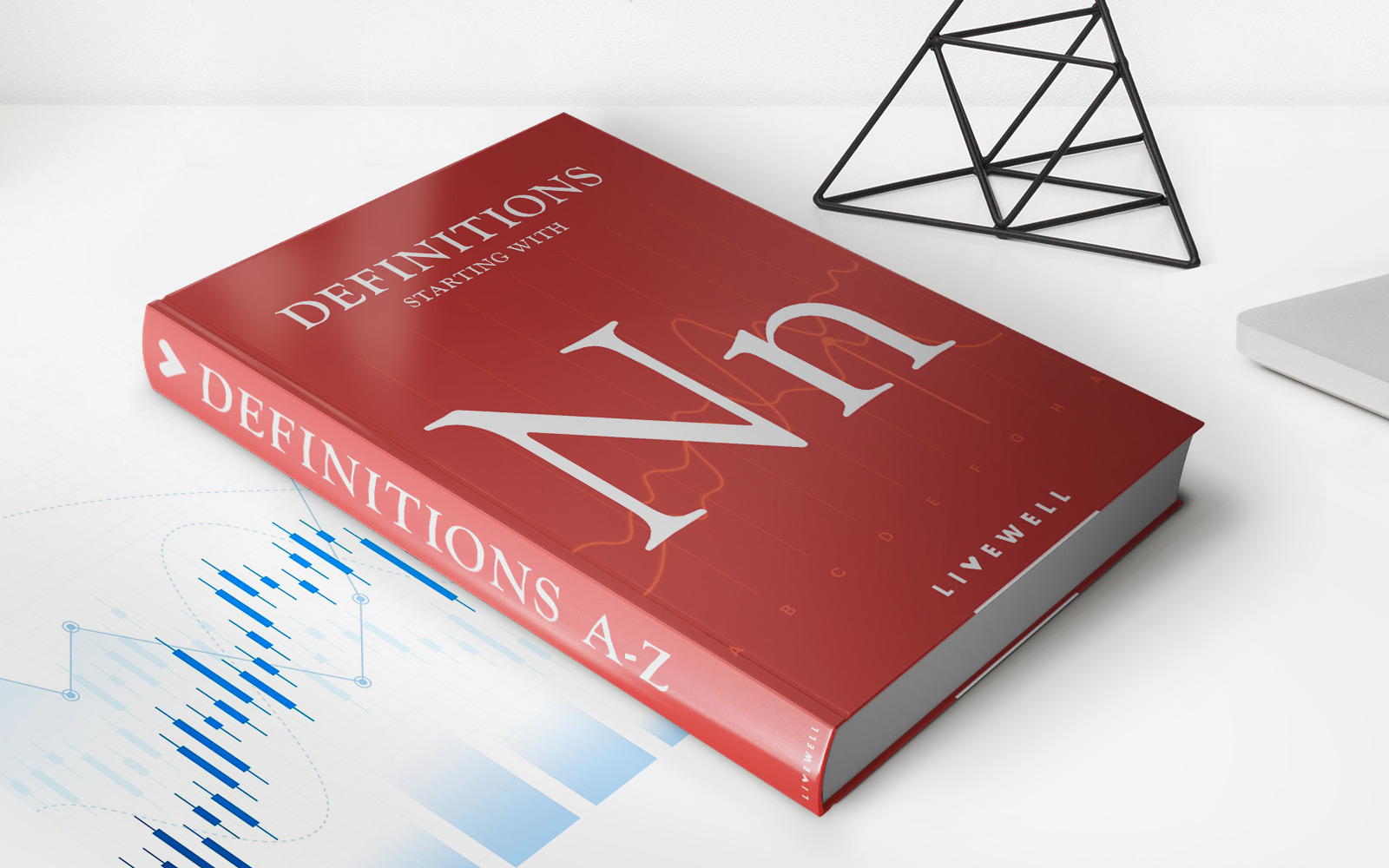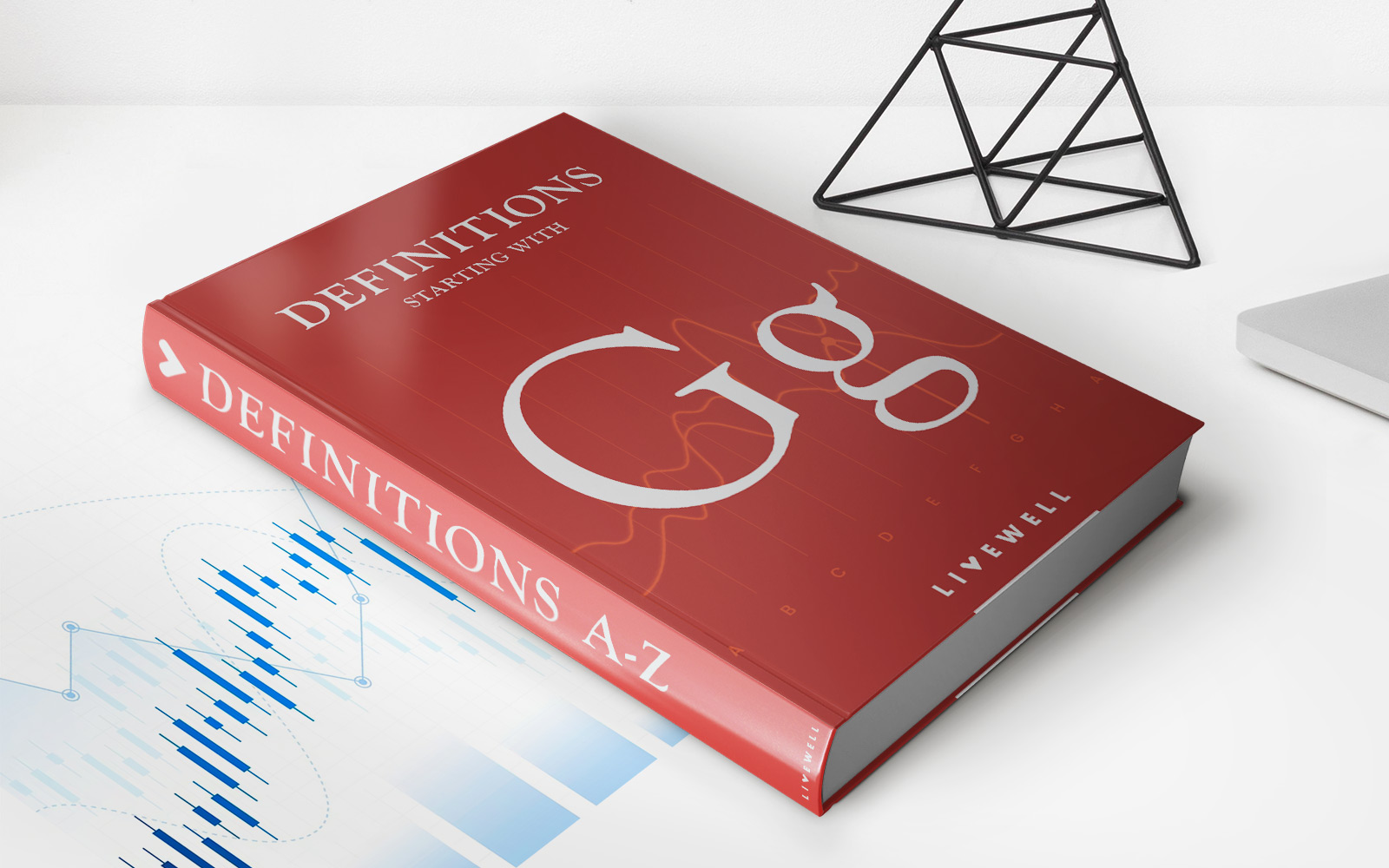Home>Finance>Bilateral Monopoly: Definition, Characteristics, Examples
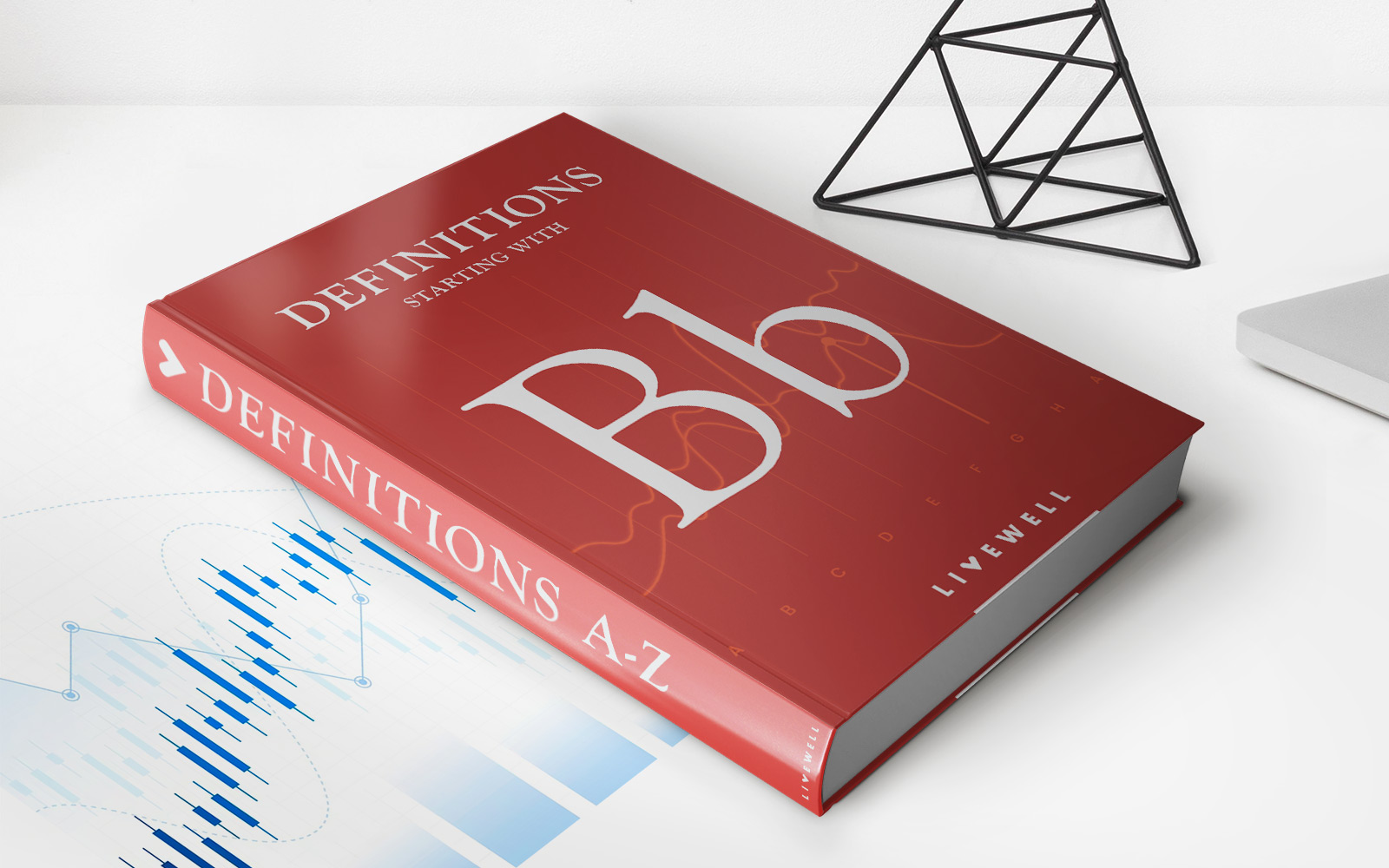

Finance
Bilateral Monopoly: Definition, Characteristics, Examples
Published: October 16, 2023
Learn about bilateral monopoly in finance, including its definition, characteristics, and examples. Discover how this market structure affects pricing and competition.
(Many of the links in this article redirect to a specific reviewed product. Your purchase of these products through affiliate links helps to generate commission for LiveWell, at no extra cost. Learn more)
The Bilateral Monopoly: Definition, Characteristics, Examples
In the complex world of finance, there are various economic concepts that play a crucial role in shaping markets and transactions. One such concept is bilateral monopoly, which occurs when there is a single buyer and a single seller in a specific market. In this blog post, we will explore the definition, characteristics, and examples of bilateral monopoly, shedding light on its significance in the financial landscape.
Key Takeaways:
- Bilateral monopoly refers to a market structure where there is a single buyer and a single seller.
- It has distinct characteristics, such as limited competition, intense negotiation, and potential for market power abuse.
Definition of Bilateral Monopoly
Picture a scenario where there is only one seller capable of providing a particular product or service, and at the same time, there is a sole buyer interested in acquiring it. This situation of bilateral monopoly arises due to the absence of competition on both sides of the market, leading to a unique balance of power. It is essential to note that bilateral monopoly is a relatively rare market structure compared to more common models like perfect competition or even monopolies.
Characteristics of Bilateral Monopoly
Bilateral monopoly has several distinctive characteristics that set it apart from other market structures:
- Limited Competition: In bilateral monopoly, the absence of competition results in limited options for both the buyer and seller. As a result, negotiation and bargaining power become crucial elements in determining the terms of the transaction.
- Intense Negotiation: The presence of a single buyer and seller intensifies the negotiation process. Both parties strive to maximize their own benefits while minimizing losses, often leading to extensive bargaining and potentially extended periods of uncertainty.
- Potential for Market Power Abuse: Bilateral monopoly can sometimes give rise to market power abuse. The dominant party, either the buyer or seller, might leverage their position to manipulate the terms, pricing, or delivery conditions for their advantage, potentially stifling competition and impacting market efficiency.
Examples of Bilateral Monopoly
Bilateral monopoly can be observed in various industries, each with its unique characteristics. Here are a few examples:
- Collective Bargaining: Labor unions negotiating with a single employer for wages, benefits, and working conditions.
- Government Contracts: In some cases, government contracts involve a single supplier and a single buyer, creating a bilateral monopoly situation.
- Patent Licensing: When a company holds exclusive rights to a patent, it can act as a monopoly in selling or licensing its patented technology to another organization.
In conclusion, bilateral monopoly is a unique market structure that arises when there is only one buyer and one seller. It is characterized by limited competition, intense negotiation, and the potential for market power abuse. Understanding this concept helps us comprehend the dynamics of various industries and the challenges faced by participants in these markets.
Thank you for reading! If you have any questions or would like to discuss bilateral monopoly further, feel free to reach out to us.

